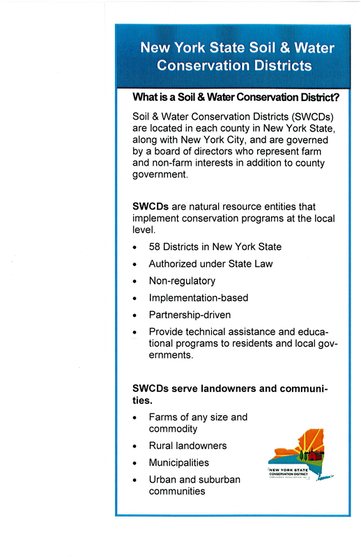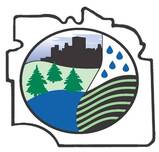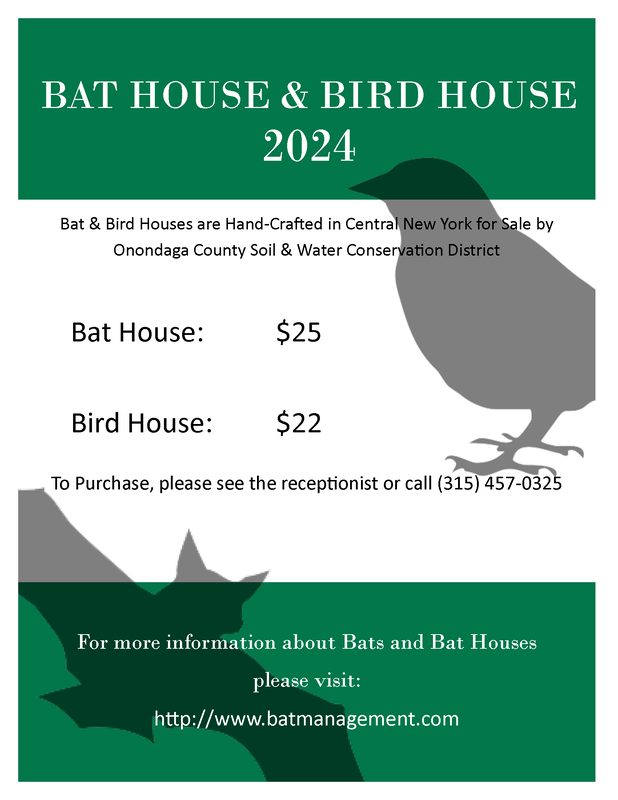|
Photo Courtesy of Wells Horton, Sherburne NY
WELCOME!
ABOUT SOIL AND WATER CONSERVATION Please Note: The Office Will Be Closed in Observance of the Following Holidays in 2024
New Year's MONDAY, JANUARY 1 Martin Luther King Day MONDAY, JANUARY 15 Presidents' Day MONDAY, FEBRUARY 19 Memorial Day MONDAY, MAY 27 Juneteenth WEDNESDAY, JUNE 19 4th of July THURSDAY, JULY 4 Labor Day MONDAY, SEPTEMBER 2 Columbus Day MONDAY, OCTOBER 14 Veterans Day MONDAY NOVEMBER 11 Thanksgiving THURSDAY,NOV. 28 Day after Thanksgiving FRIDAY, NOVEMBER 29 Christmas WEDNESDAY, DEC. 25 Please note that this is a general informational website. If you have specific questions regarding the watershed, please feel free to email [email protected] and we will do our best to respond to your inquiry. In Case of EmergencyIn case assistance is needed at an agricultural spill, and it's after office hours (4:30 p.m.) you can call Mark Burger directly at 315-415-5057.
|
Onondaga County Soil & Water
|
Our mission is to promote excellence in the wise use of our rural/urban natural resources.
Our vision is to live in a society in which future generations will have natural resources necessary to sustain and enrich their quality of life.
The Onondaga County Soil & Water Conservation District prohibits discrimination in all its programs and activities on the basis of race, color, national origin, gender, religion, age, disability, political beliefs, sexual orientation, and marital or family status.



